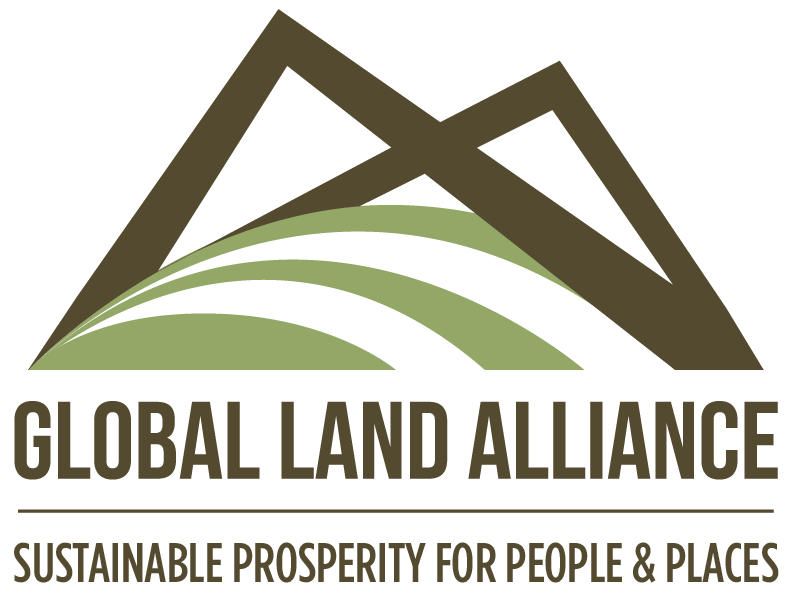Measuring Citizen Perceptions of Tenure Security: Test Surveys of the Global Land Rights Index (Prindex) in Tanzania, Colombia, and India
Abstract submitted to World Bank Land and Poverty Conference 2018: Land Governance in an Interconnected World March 19-23, 2018, Washington, DC
BY DR. MALCOLM CHILDRESS
The Global Property Rights Index (PRIndex) initiative aims at filling gaps in basic data about citizen’s perception of the security of their property rights in a global comparative framework. Individuals’ perceptions are a basic and critical element of tenure security because they drive behavior, and critical data element because they illuminate how policies for tenure security are impacting citizens’ own understandings of their rights. Up to now, however, data on individual perceptions has been scant, particularly at national levels, making it impossible to track progress over time within and among countries. This paper describes national-level test surveys carried out by PRIndex in Tanzania, Colombia and India in 2017 to contribute to developing a methodology for measuring individual perceptions of security of property rights in national samples.
The survey tests aim at evolving survey and sampling methods enable rapid and cost-effective collection of precise data at an unprecedented scale. In the short term, this testing creates an opportunity for contributing to development of the SDGs, through providing supporting methodological input to elevate indicator 1.4.2 toward Tier 1 status, but more generally for the research and property rights communities of practice to have a stronger empirical base on which to ground methodological approaches to the measurement of individual perceptions.
Specifically, the tests sought to:
Evaluate alternative ways to measure perceived tenure security based on subgroup differentiation, relationship of tenure security questions to related variables of interest (i.e., to potential drivers and outcomes), and correlation to pertinent indices on property rights and rule of law.
Explore development of multi-item indicator (index) of tenure security
Provide input to the SDG land indicator 1.4.2. process by including test questions of other parties engaged in process, sharing results, and coordinating validation efforts.
Assess the impact of increasing sample size and sampling units on levels of tenure insecurity obtained by comparison with Gallup World Poll methodology utilized in initial pilot tests.
Enable meaningful subgroup differentiation by country (e.g., gender).
The guiding principles of the testing sought to optimize the test surveys contribution to the development of globally comparable indicators:
Focus on individual people. The test surveys interviewed a representative sample of the adult population, not the head of household or the most knowledgeable person about the dwelling or land. This approach enables analysis to understand differences by age, gender and other demographics.
Measure perceptions. The test surveys focus on understanding perceived tenure security on the premise that this will influence individuals’ behaviors. The test surveys did not attempt to review legal documents and establish their validity.
Global comparability. The test surveys attempt to develop questions which can be used to generate globally comparable numbers. Consequently, the survey design balanced localization with comparability. Localization was implemented to ensure the questions were understood by respondents, and they could provide answers that accurately reflect their situation and perception. The surveys did not attempt to capture country specific details.
Scalability. The test surveys were designed with the goal of creating a scalable and cost-efficient tool for creating a globally comparable measurement of tenure security perceptions. Such measurement will require the transition to rapid cycle data collection methods, or the integration of few select question into other surveys. To that end, test surveys to kept questions short and simple.
The three country tests each utilized the same questionnaire. The questionnaire, designed based on initial pilot tests conducted in nine countries in 2016 and utilizing input from the initiative’s Technical Advisory Group and the SDG Expert Group Meeting on household survey methodologies, is designed to compare a variety of approaches to measuring perceptions. The survey tests different formulations of the perception question, including formulations based more on probabilistic assessments (“how likely are you to lose your home”) and formulations based on level of concern (“how worried are you to lose your home”), as well as well as other formulations. The questionnaire also explores framing and contextual effects by randomizing the order of certain questions and response options within the survey.
The survey samples consist of 4,000 individuals in Tanzania and Colombia, and 17,000 individuals in India based on sample frames proportionate to population size within clusters. Survey teams consulted closely with national statistics offices in Tanzania and Colombia about sampling, translation, and interview training. The national statistics office in India chose not to cooperate closely with the test survey.
The paper explains the context of the testing in terms of the need for development of perception indicators of tenure security, explains the question module in detail, presents the sampling and data collection methods, and presents main results from the three countries. Conclusions and recommendations are drawn from the tests to suggest approaches to scaling up collection of globally comparable data on individual perceptions of tenure security.
By providing methodological development and systematic data on the level of tenure security in a wide range of countries, and using this to form a call to action to take steps to protect land and property rights of poor and vulnerable people, PRIndex contributes to raising land tenure security up the agenda among the wider development community, leverage more resources into land and show governments and other stakeholders where they need to do things differently. This paper reports on the testing stage of this process.

